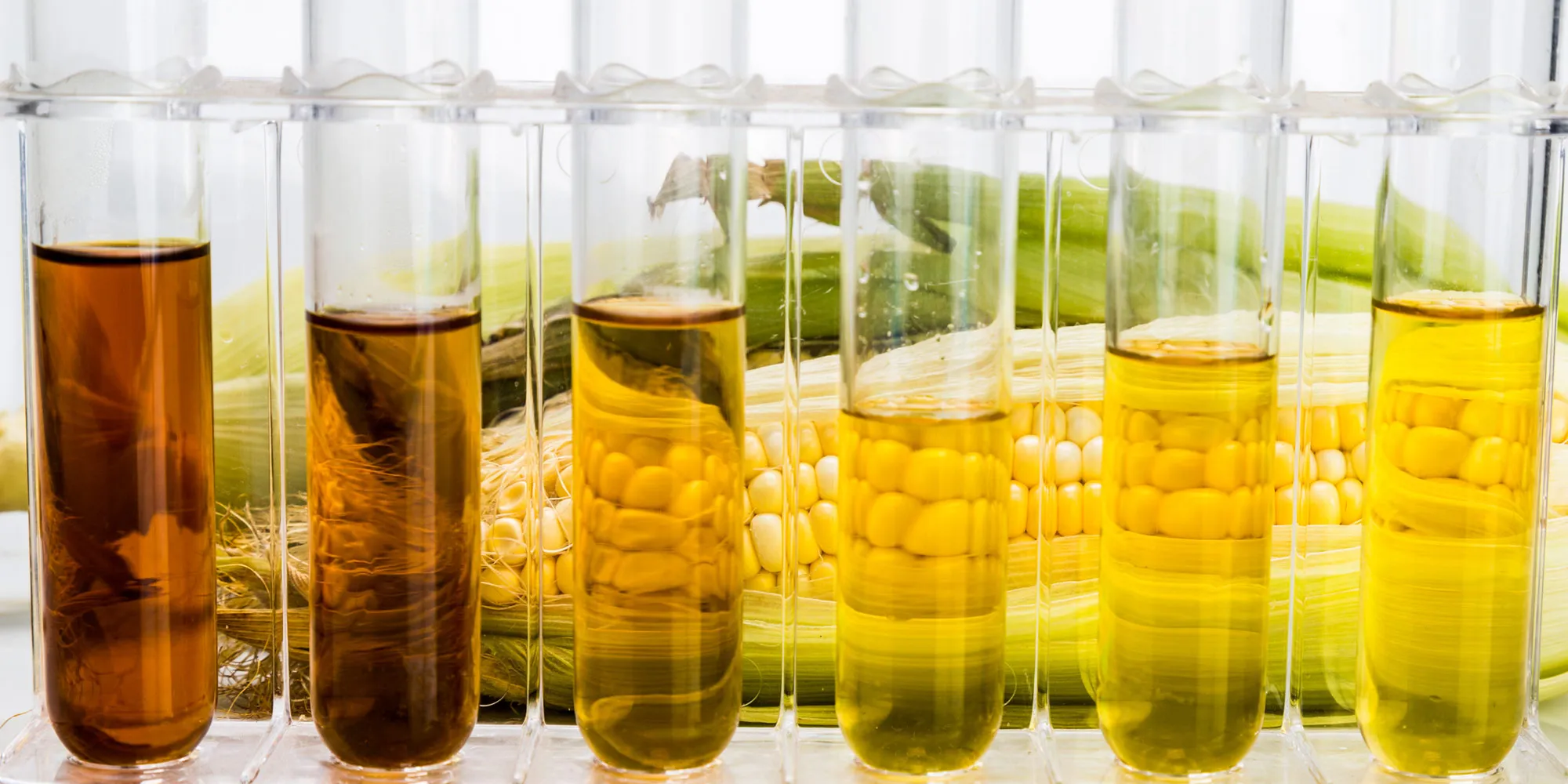India’s transition to ethanol-blended petrol, specifically E20 fuel consisting of 20% ethanol and 80% petrol, has sparked a nationwide debate. While the government touts E20 as a tool to cut emissions, lower oil import bills, and boost biofuel production, many vehicle owners and stakeholders are raising concerns over its impact on engine performance, fuel efficiency, and vehicle warranties, especially for older vehicles.
What is E20 fuel?
E20 petrol is a blend where 20% of the fuel volume is ethanol derived from plant-based materials like sugarcane and corn, and the remaining 80% is conventional petrol. The Indian government has mandated the rollout of E20 fuel nationwide as part of its clean energy and energy security strategy, with an aim to reduce fossil fuel dependence and lower carbon emissions from vehicles.
Ethanol as a biofuel has a higher-octane rating (-108.5) compared to petrol (-84.4). The blending of ethanol with petrol increases the Research Octane Number (RON) of the base fuel, with 20% ethanol blends generally pushing the RON to 95, resulting in improved anti-knock characteristics.
Most mainstream new vehicles sold after 2023 are designed and calibrated to run on E20 fuel without issues, and major oil companies have started supplying E20 petrol across the country, even for high-octane variants, except for some ultra-premium 100-octane fuels that remain ethanol-free.
Government’s rationale behind the use of E20
The Indian government pursues ethanol blending as a dual strategy to:
Reduce crude oil imports and save foreign exchange. India reportedly saved around 1.06 trillion rupees (-$12 billion) in crude imports due to increased ethanol blending.
Lower carbon emissions. The E20 blend is claimed to reduce carbon emissions by up to 30% compared to E10 fuel levels, contributing to India’s climate commitments.
Promote agricultural growth and biofuel industry development by deriving ethanol from crops like sugarcane, maize, and other organic waste.
The NITI Aayog and Petroleum Ministry have highlighted the positive environmental and economic outcomes of embracing E20 fuel, with some studies demonstrating better acceleration and ride quality in compliant vehicles.
The backlash and concerns
Despite government assurances, a significant faction of car and two-wheeler owners, especially those with vehicles manufactured before 2023 or not optimised for E20, are voicing concerns. Their complaints include:
Noticeable drop in fuel efficiency, sometimes reported far beyond the 2-4% marginal decline suggested by tests, with some drivers claiming losses as high as 20-50%.
Engine troubles such as rough idling, hard starting, clogged filters, and premature wear, which are more prevalent in older vehicles not designed for higher ethanol blends.
Increased frequency and cost of maintenance and repair, which impacts overall vehicle running costs.
Fears of voided warranties or insurance exclusions related to engine damage from using E20 petrol in non-compliant vehicles, despite official denials by manufacturers and authorities.
Lack of clear guidance and availability of alternative lower-ethanol blends at fuel stations, leaving older vehicle owners with no choice but to use E20.
According to a survey by Local Circles, nearly 66% of vehicle owners oppose the nationwide rollout of E20, demanding withdrawal or greater fuel choice options.
Industry response
Car manufacturers and automotive bodies have taken a cautious stance. While major manufacturers have ensured E20 compliance across new model lineups, they warn that older models (those more than 2-3 years old or pre-2023 models) might face higher risk without modifications.
Toyota, for instance, has specifically cautioned against using E20 in non-compatible vehicles, as it might void warranties for affected parts. Maruti Suzuki plans to offer E20 conversion kits for older cars to facilitate safe usage.
The Society of Indian Automobile Manufacturers (SIAM) and the Automotive Research Association of India (ARAI) have downplayed exaggerated claims of fuel efficiency drops and engine damage, indicating a minor 2-4% reduction in mileage based on testing, and have denied any widespread engine failures so far.
Environmental and economic trade-offs
While ethanol blending helps reduce carbon emissions and dependence on crude oil imports, there are important trade-offs to consider:
The diversion of agricultural resources such as sugarcane, maize, and rice towards ethanol production could affect foodgrain availability for human and cattle consumption.
Ethanol production itself can generate emissions during farming and processing, potentially offsetting some of its green benefits.
The rapid scale-up of ethanol blending, from just 1.5% in 2014 to 20% in 2025, far faster than other countries, has spurred concerns about infrastructure readiness and consumer adaptation.
How do all countries use ethanol?
Countries like Brazil, the US, and Thailand have long experience with ethanol blending. Brazil, in particular, started ethanol use in the 1970s with gradual blend increases and strong government incentives to build consumer acceptance. Most cars now sold there are flexible fuel vehicles capable of running on mixtures ranging from pure petrol to pure ethanol.
India’s rapid rollout lacks similar extensive consumer education, support measures like tax benefits or subsidies to offset ethanol’s lower energy content, and flexible fuel availability, contributing to resistance from vehicle owners.
The Petroleum Ministry has maintained that E20 fuel does not affect insurance or warranty coverage. It acknowledges a small mileage penalty of 1-2% in new vehicles and up to 6% in older ones, while suggesting minor retrofitting during routine servicing to mitigate issues.
